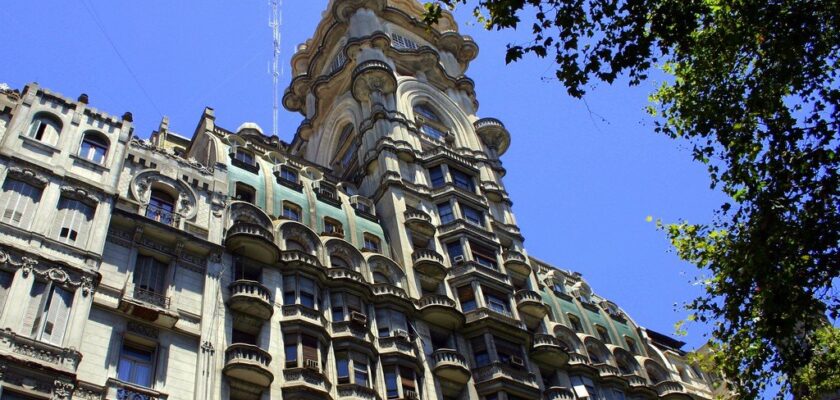Palacio Barolo
Palacio Barolo, also called Barolo Passage or Galeria Barolo, is a famous office building located in Buenos Aires on Avenida de Mayo. It was built in 1923 and at that time it was the tallest structure on the continent. It is now officially designated a National Historic Monument.
.The author of this work of art was Mario Palanti, an architect from Italy. The architect built this palace at the request of businessman Luis Barolo. In addition to creating the overall design, he paid attention even to such little things as door handles, elevator grilles, lights and so on.
.
The building opened on July seventh, 1923. For twelve years, the structure was the tallest in the city, until the Edificio Cavanagh was built here in 1935. Interestingly, the Argentine building has a “twin brother” in Uruguay – Palacio Salvo. Thus, we can say that Palacio Barolo is really a very interesting and original building, since it was recreated with a hundred percent similarity. Today it is almost entirely given over to offices, more than 520 organizations work here.
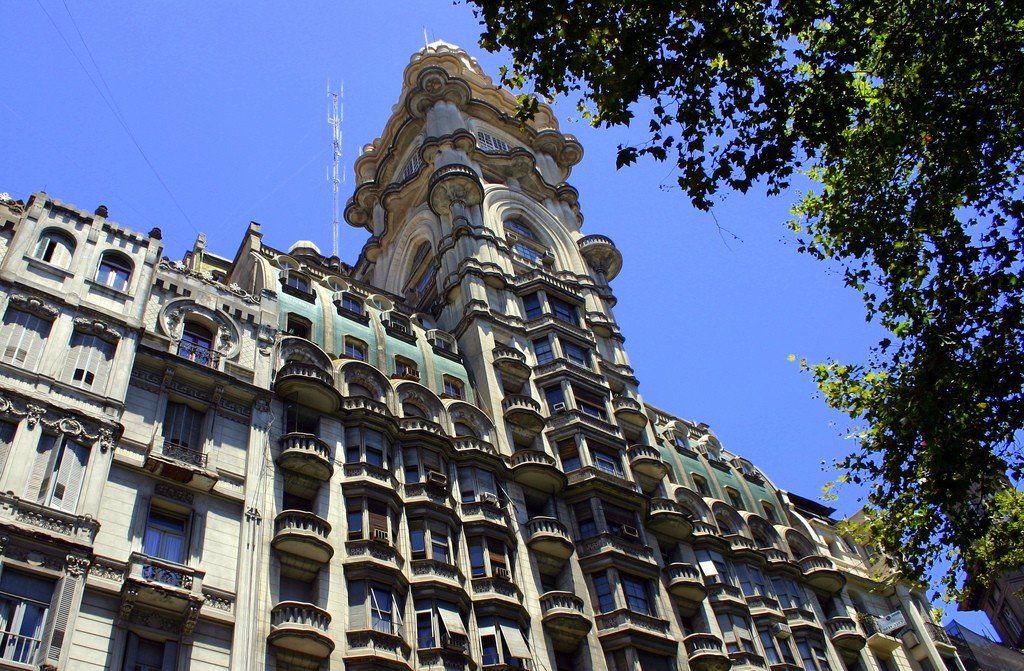
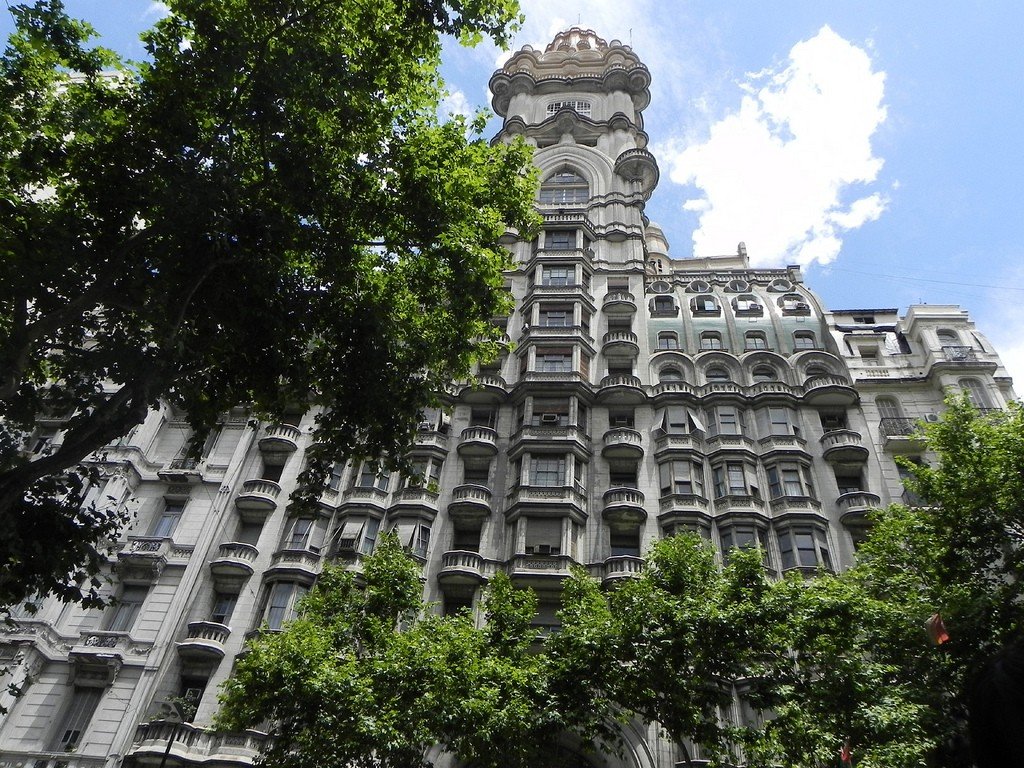
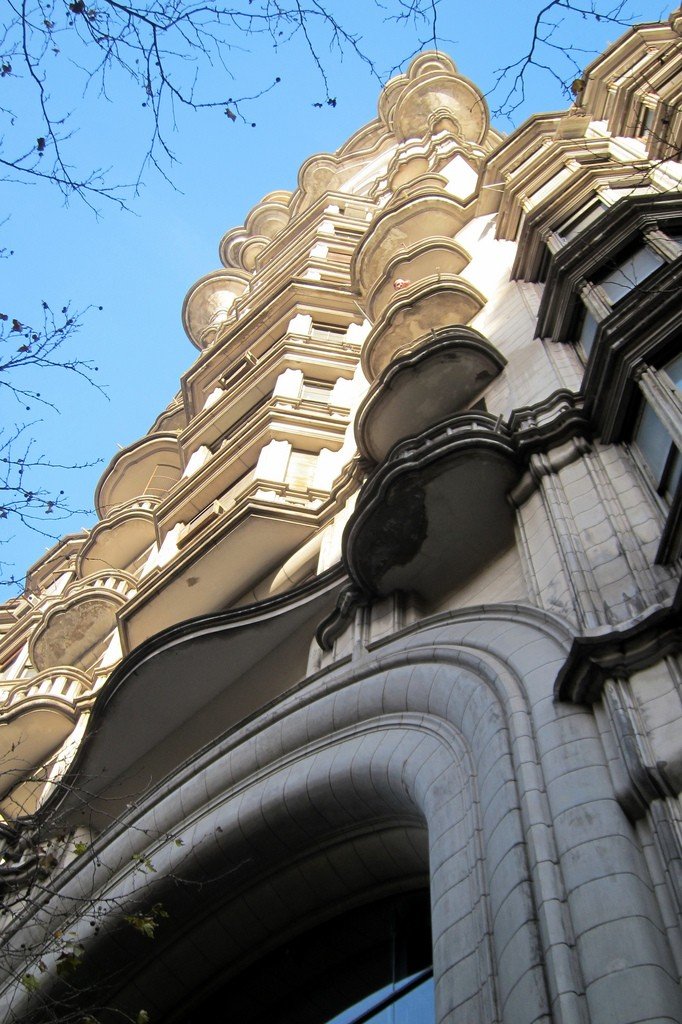
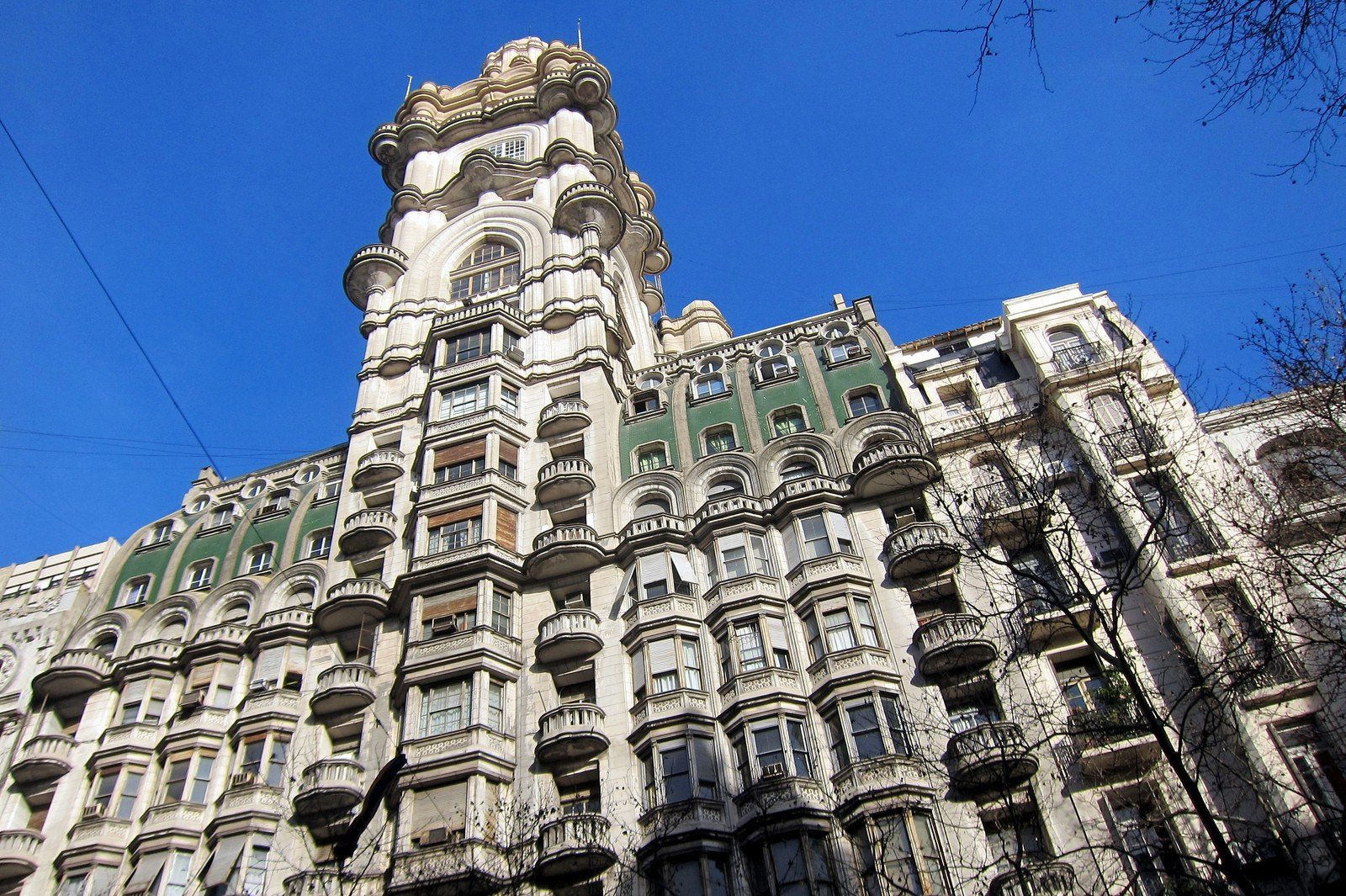
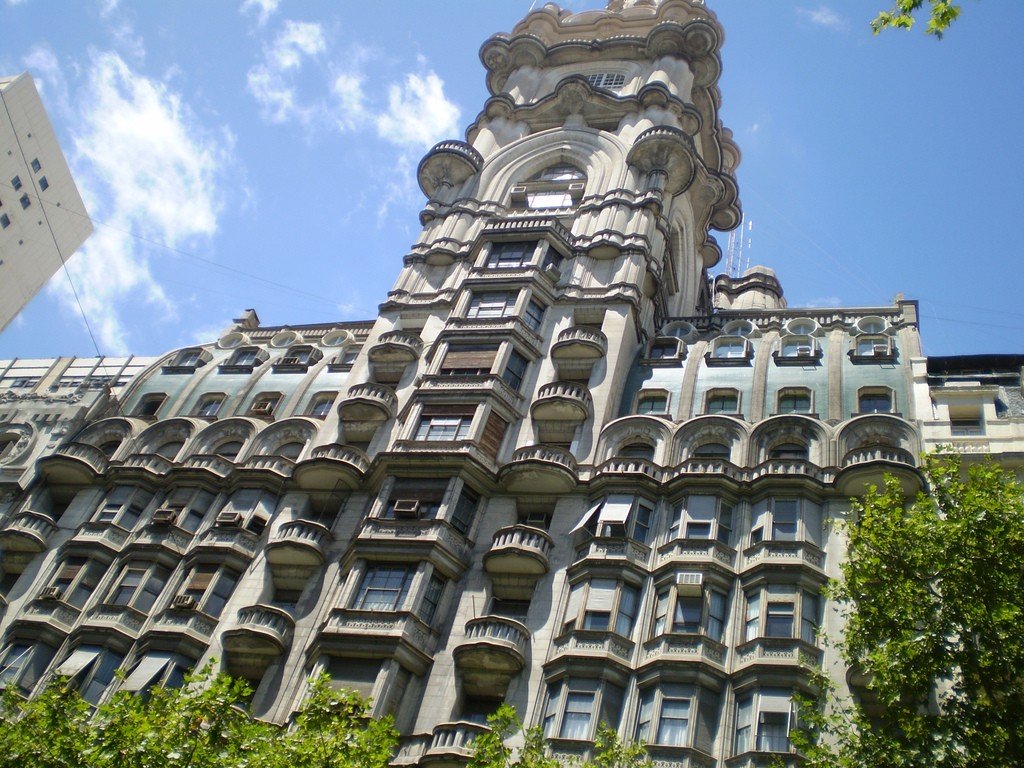
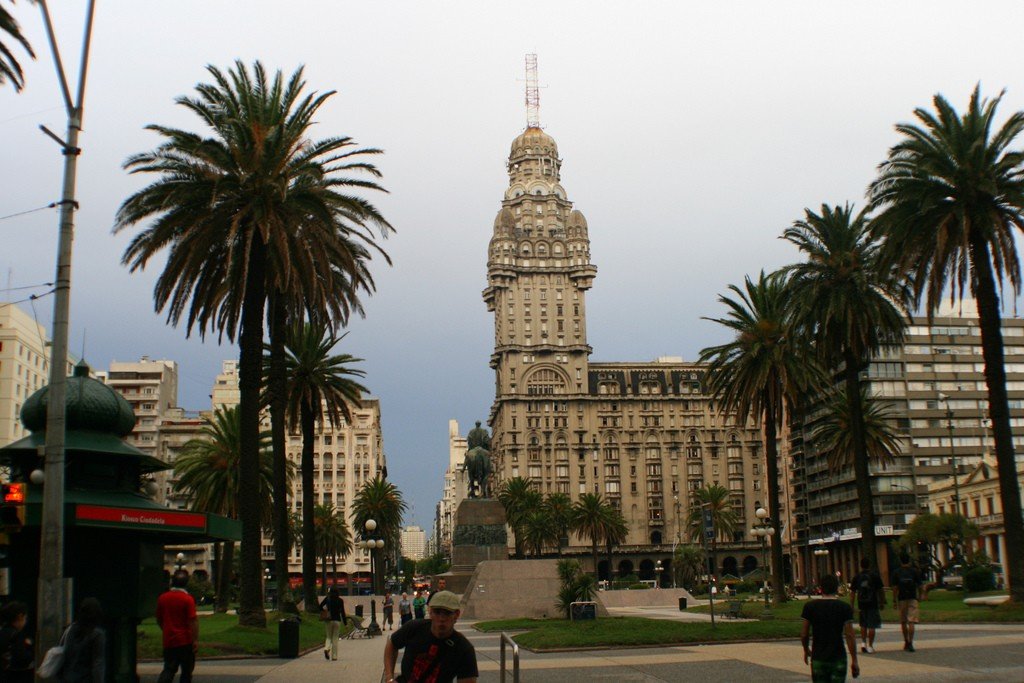
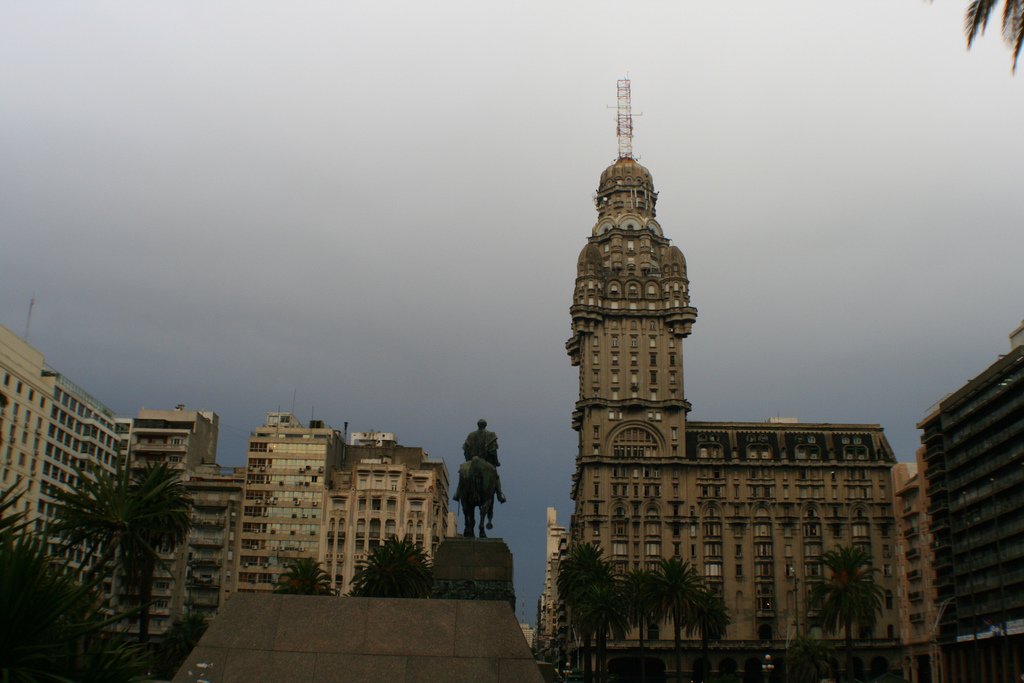
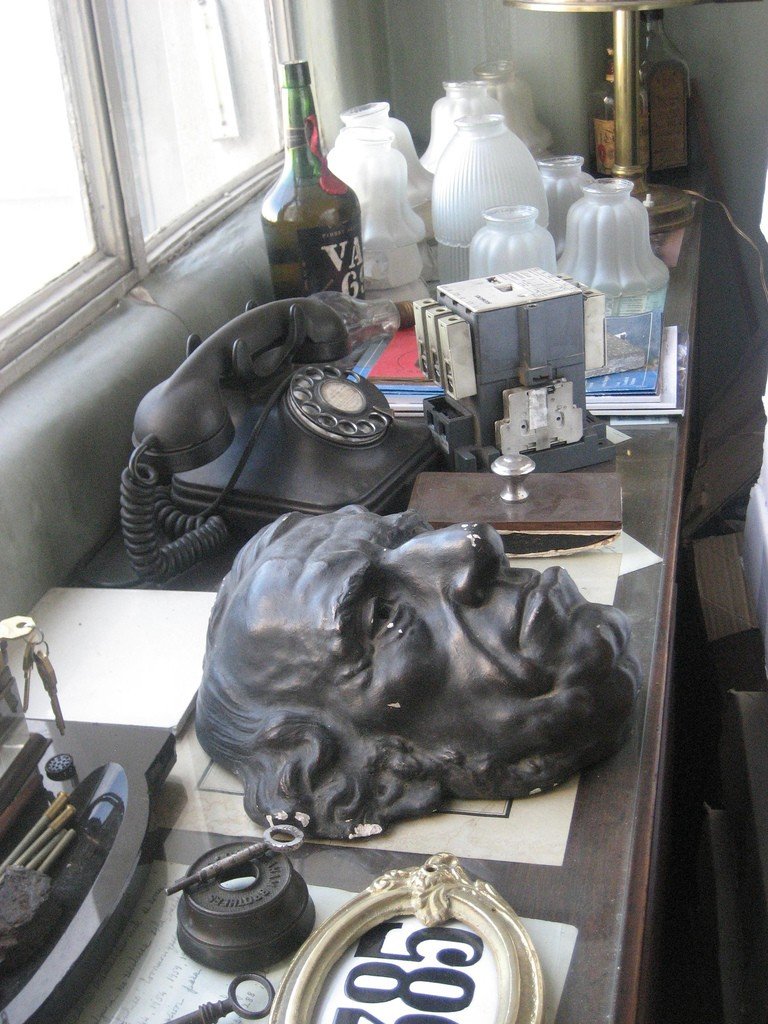
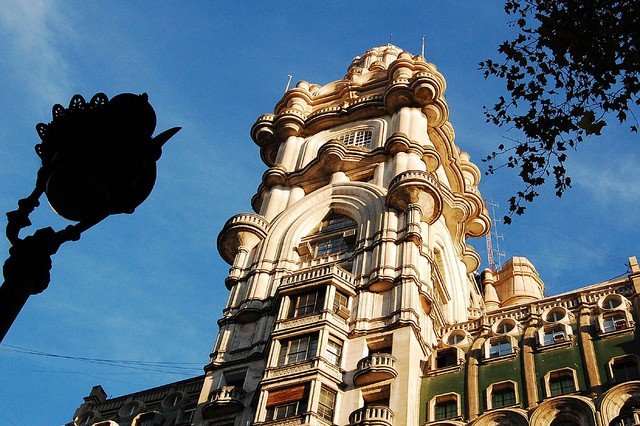
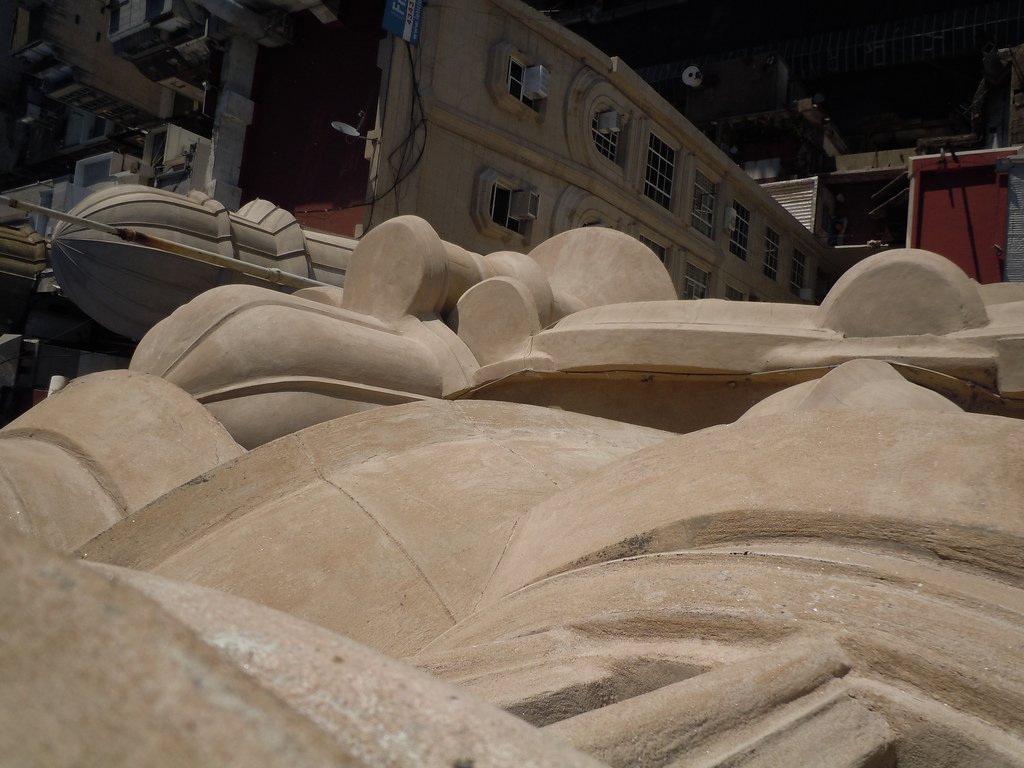
Concept of the building
The originality of the architectural solution Palanti is that from the basement to the ceiling Palacio Barolo at the request of the future owner is designed in the eclectic style and in the spirit of the “Divine Comedy” pen of Dante Alighieri: The height of the building is exactly 100 meters (this is how many songs are in the work of Alighieri, for whom the number 100 was a symbol of perfection); the basement represented “hell”; “purgatory” was from the 1st floor to the 14th, well, and from the 15th floor began the apartments of “paradise”.
At the top of Palacio Barolo there is a lighthouse, which, according to the architect’s idea, represents the “Nine ranks of angels”. Today, the lighthouse is not constantly working, it is turned on the 25th of each month and for exactly half an hour it shines in the night sky of Buenos Aires, attracting the attention of tourists and making them look up in admiration. The famous lighthouse can even be seen from neighboring Uruguay!
.Luis Barolo planned to transport Dante Alighieri’s ashes from Italy to Argentina, and the Palacio Barolo was to be a grand mausoleum for the Italian genius. Nowadays Palacio Barolo, since 1997 under the care of the state as a monument of “Historic Heritage of Argentina”, houses the offices of reputable industrial companies and law offices. In addition, Palacio Barolo is known for housing one of the best “Everything for Tango” stores in Buenos Aires.
.
The building was very original for its time and this can be seen in literally everything. The eclectic style, diluted with Gothic and Islamic culture, is a delight to this day. Although many believe that Palacio, built by Mario Palanti, is difficult to attribute to a particular style. It can be said that he himself created his own particular style, which can be seen in his other works as well.
.
The building has nine elevators, and on the first floor there is a spacious hall with a painted ceiling. Over time, the building has lost some of its original luster. But in 2009 it was restored, and even earlier, twelve years before that, the building became a historical and architectural monument.
.Display in art
In 2012, filmmaker Sebastian Schindel made the documentary The Latin American Skyscraper, which explores the history of the building and the curiosities in its design. The film, which is about an hour long, was selected as the winner at the Documentary Film Festival held in April 2012 as part of the BAFICI 2012 Festival. The film was shown to the public in November of that year at the San Martin Cultural Center.
.